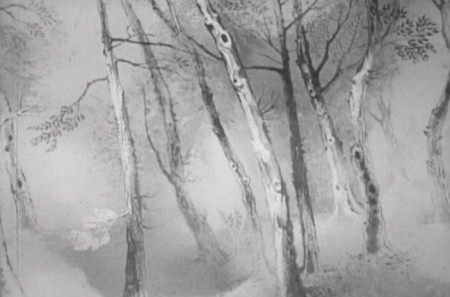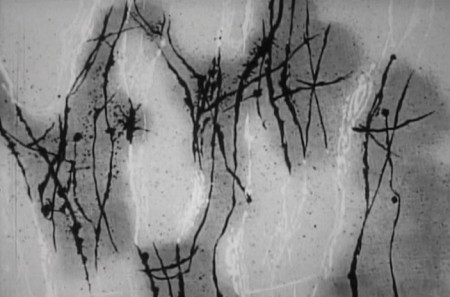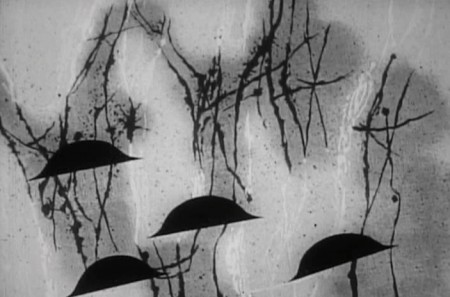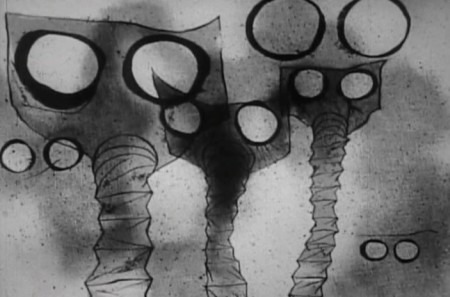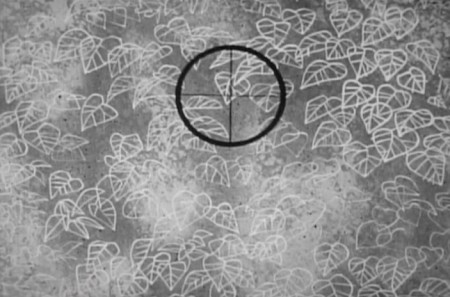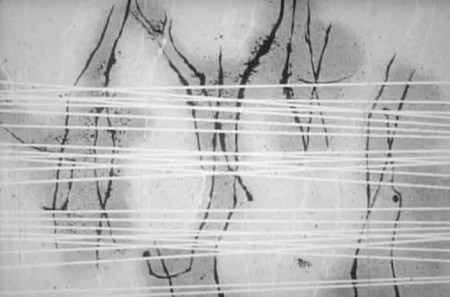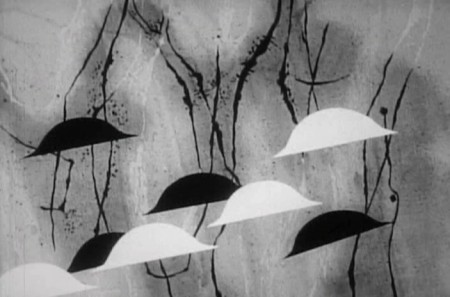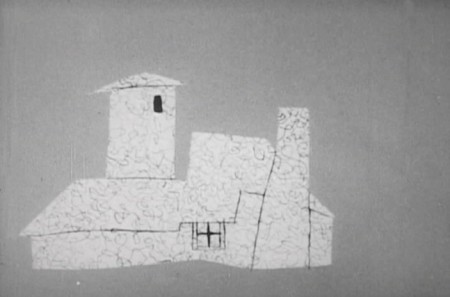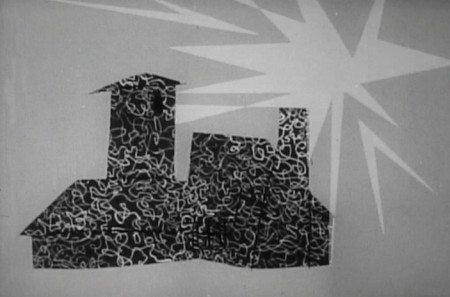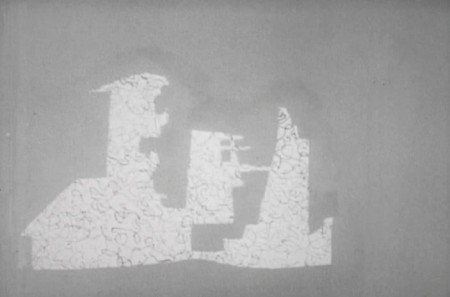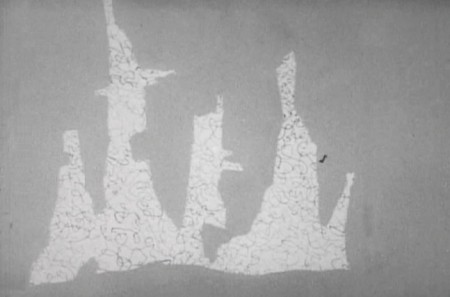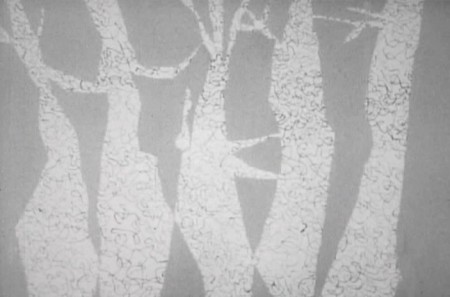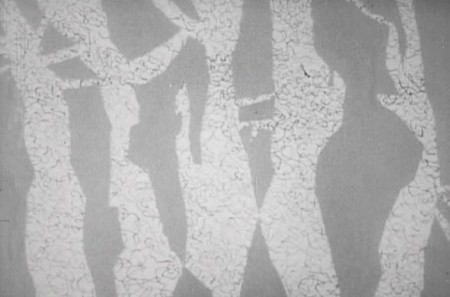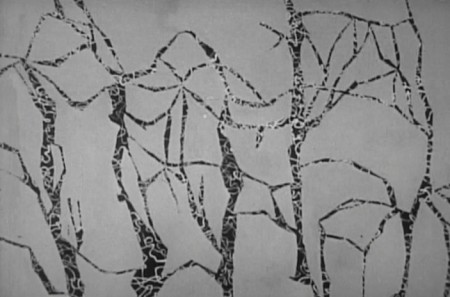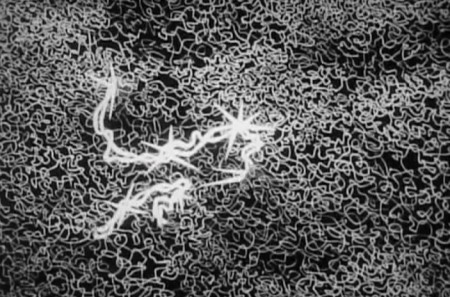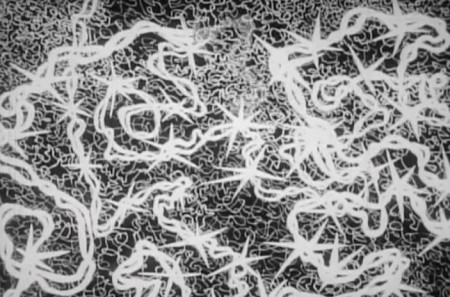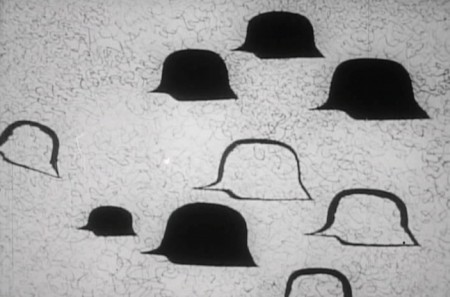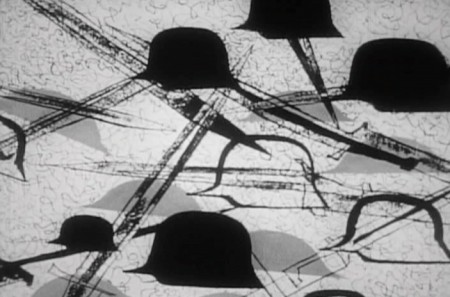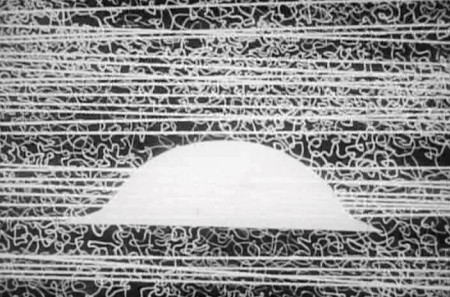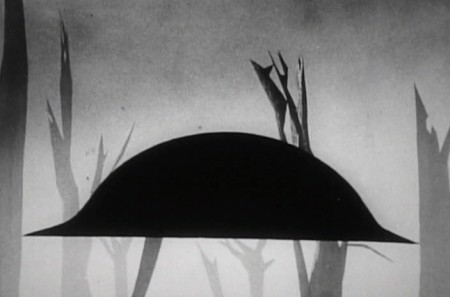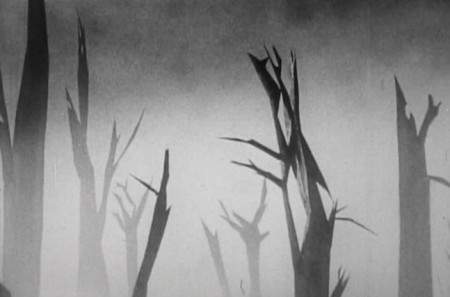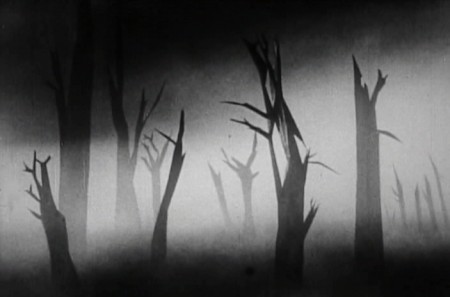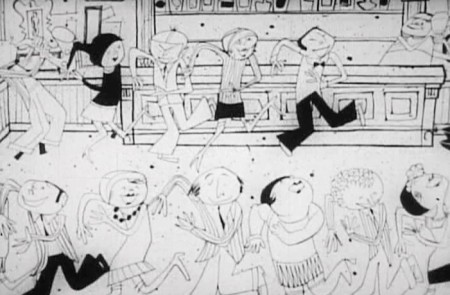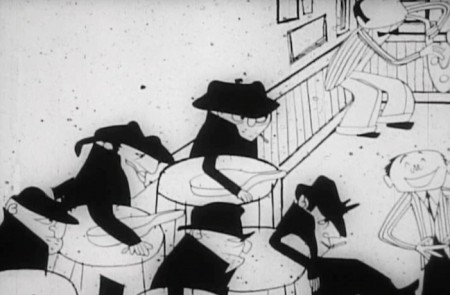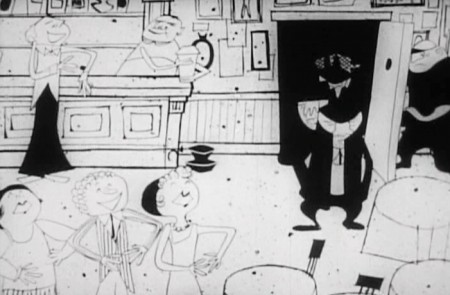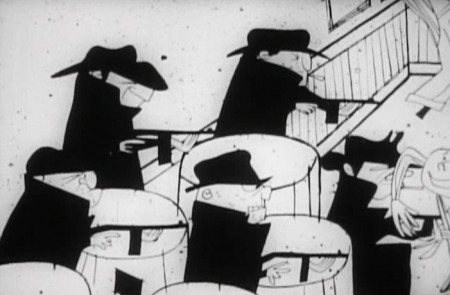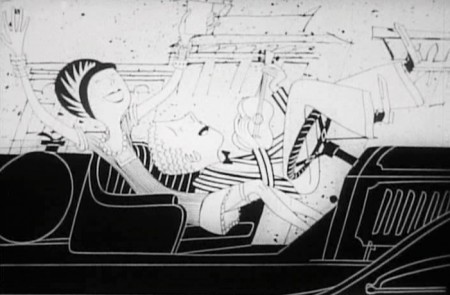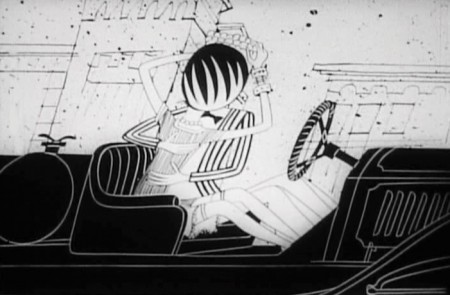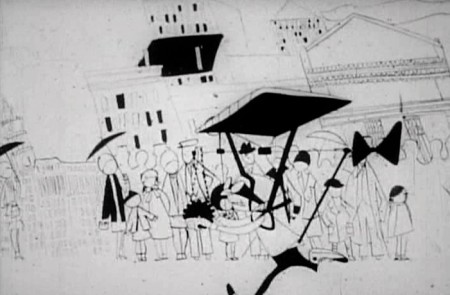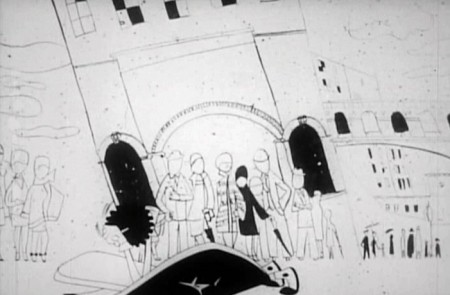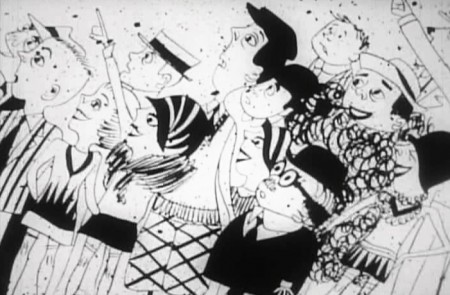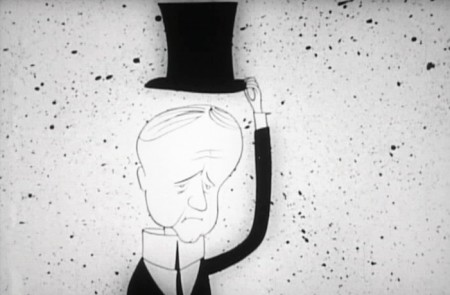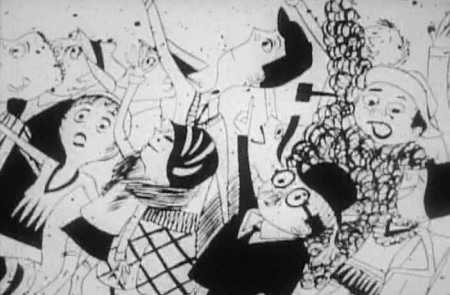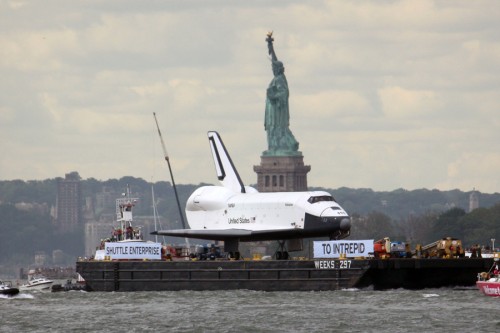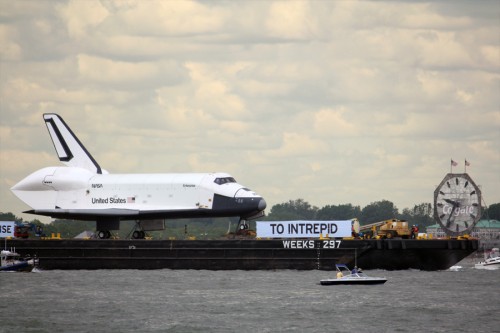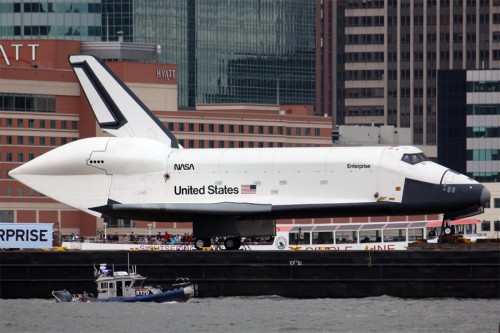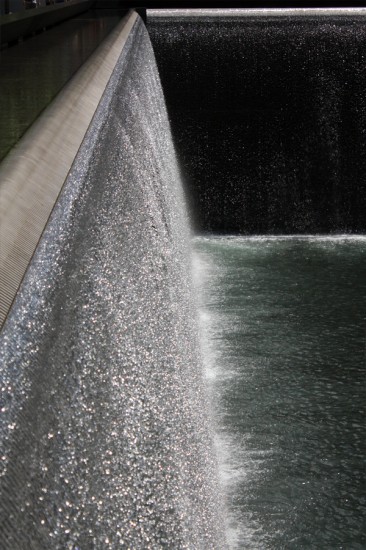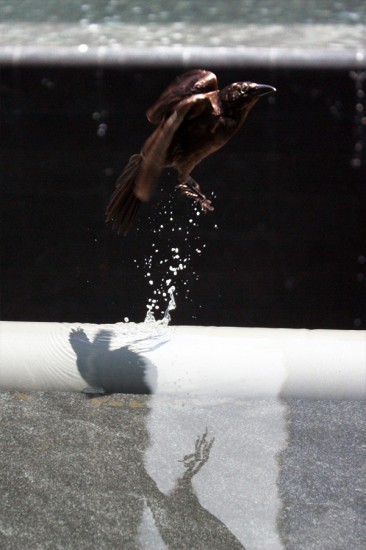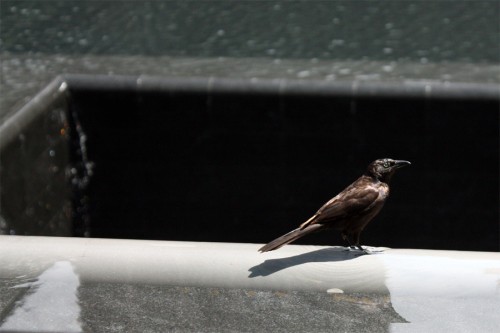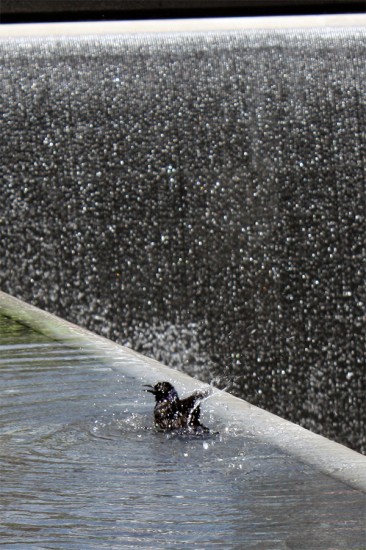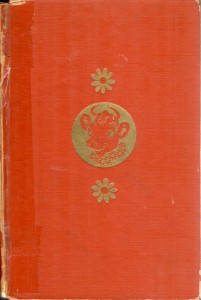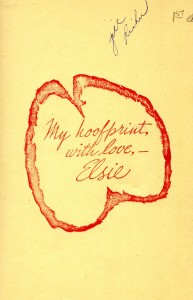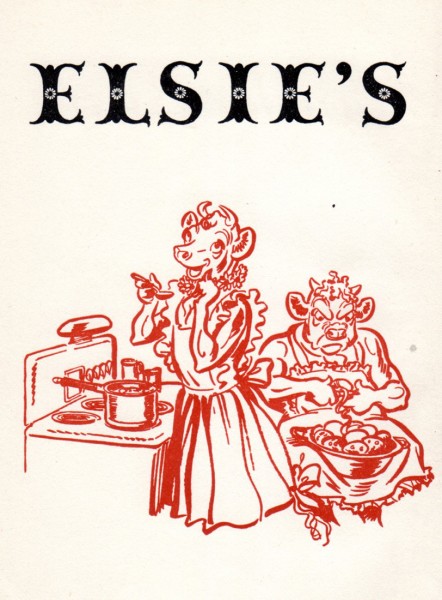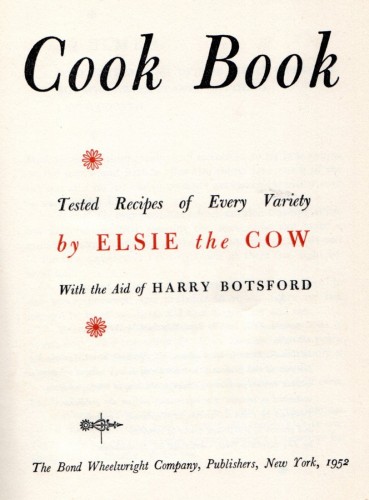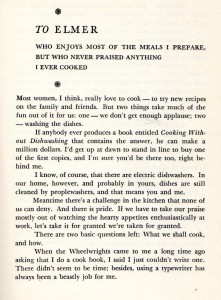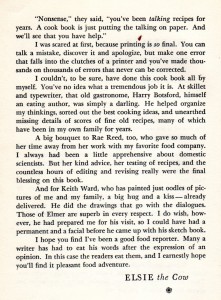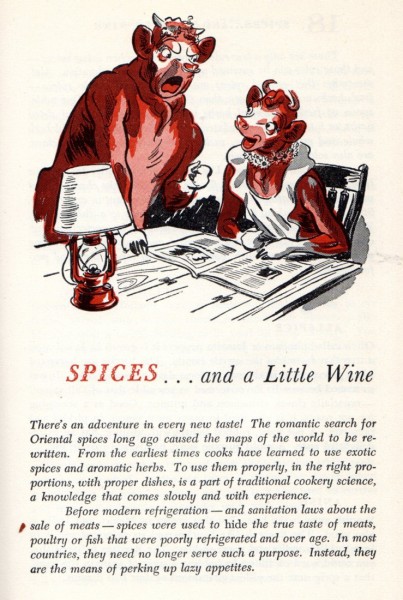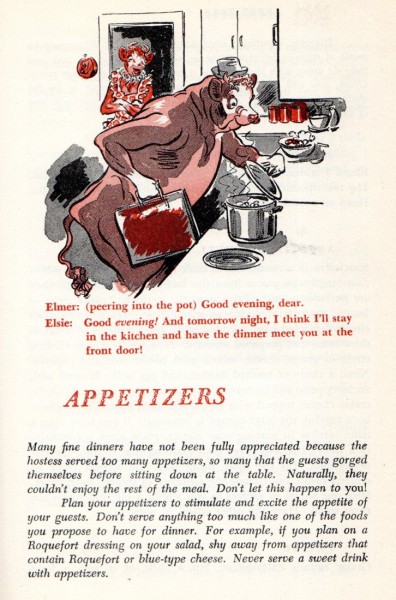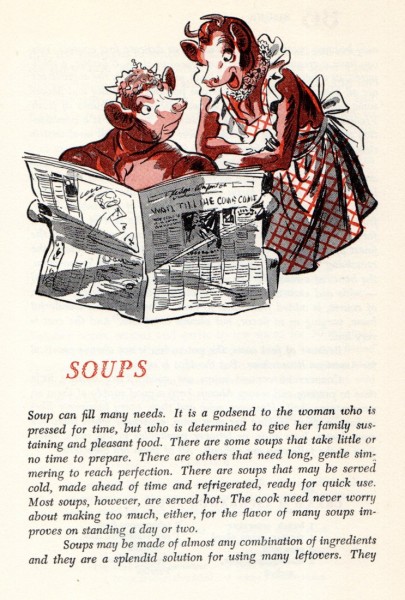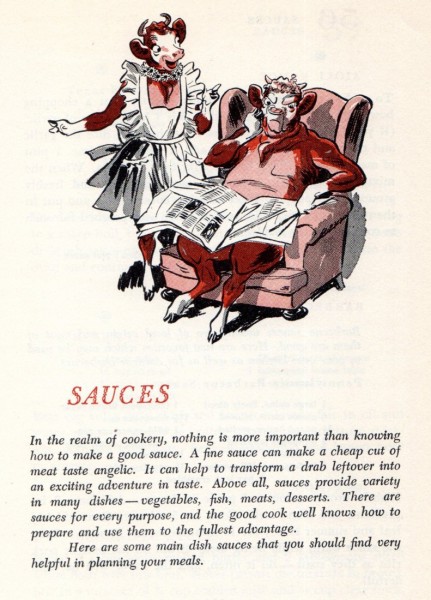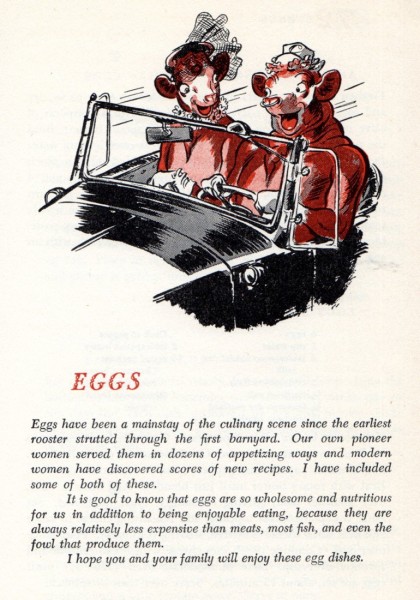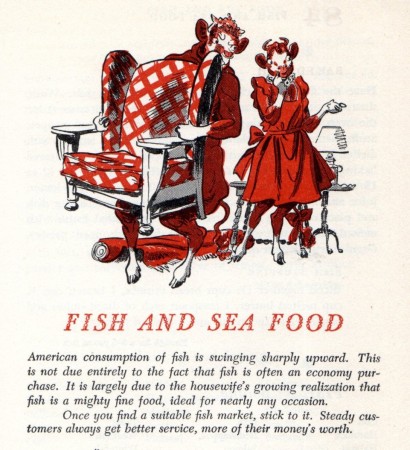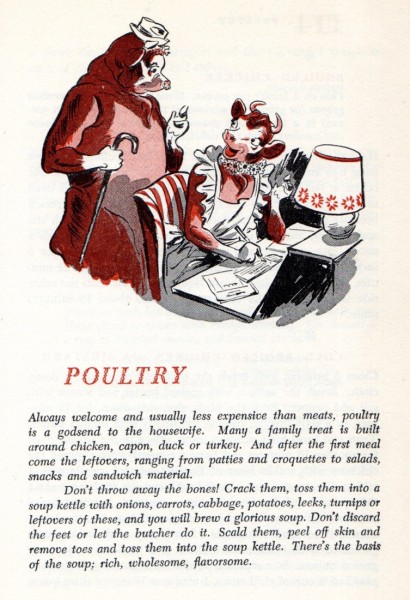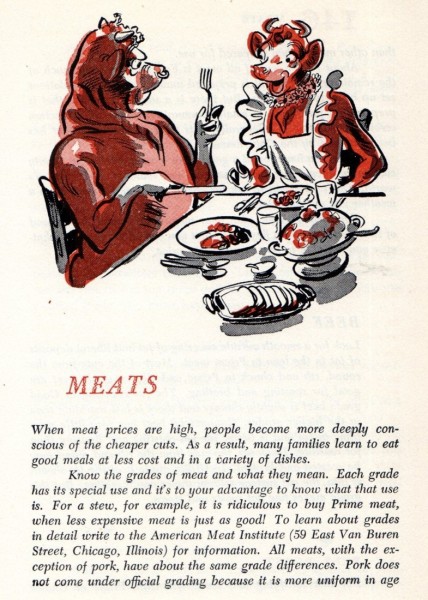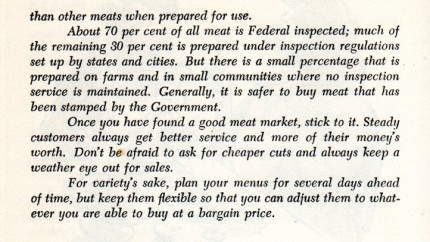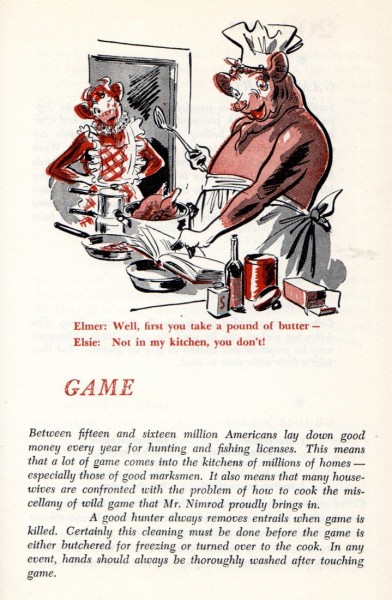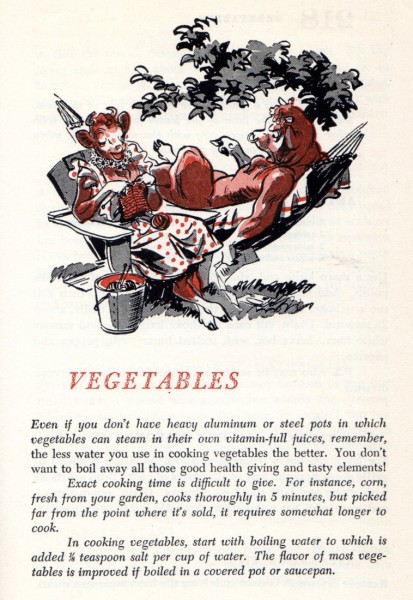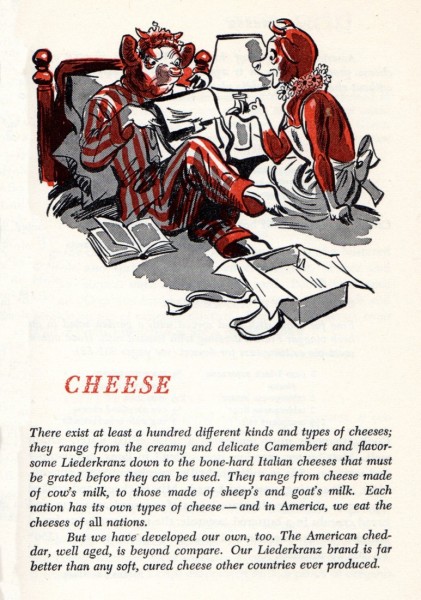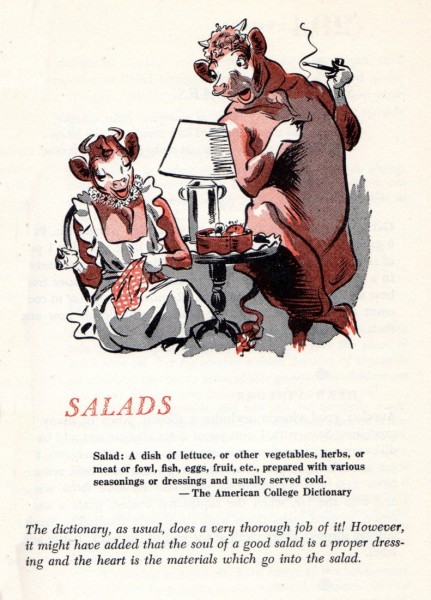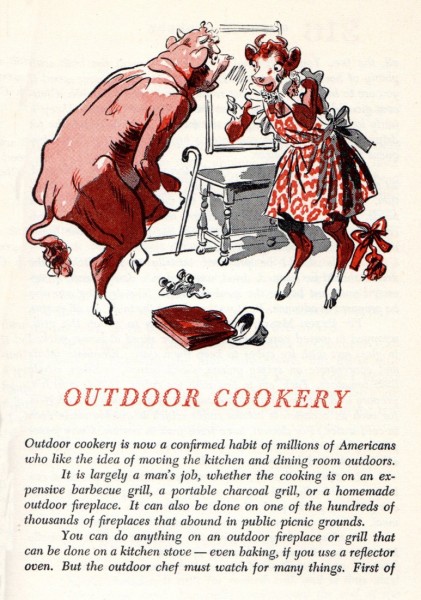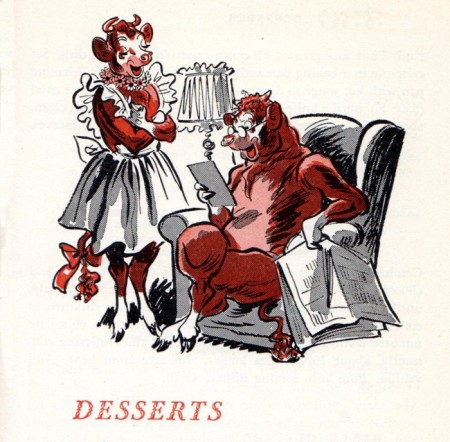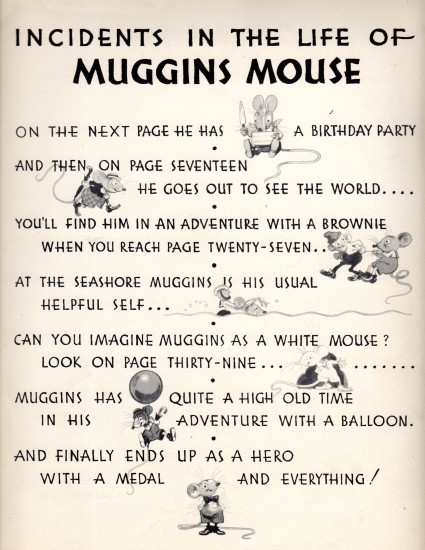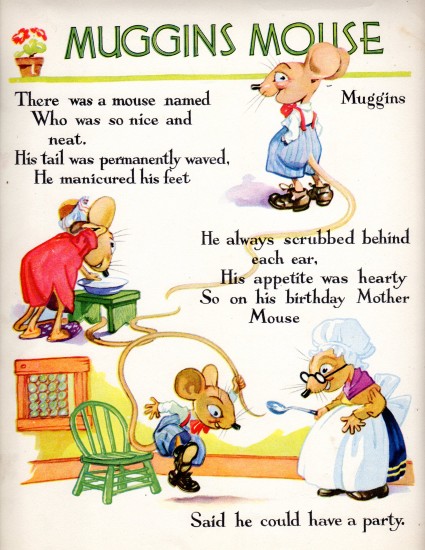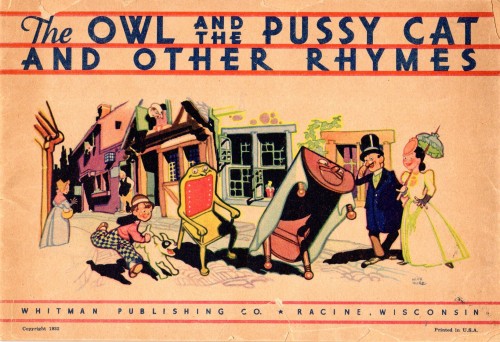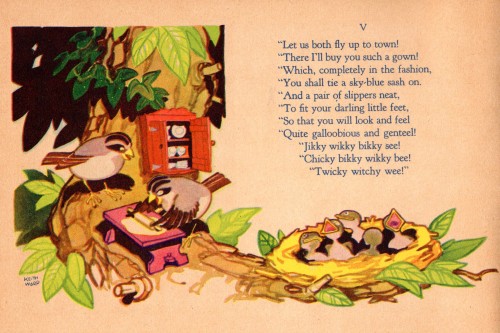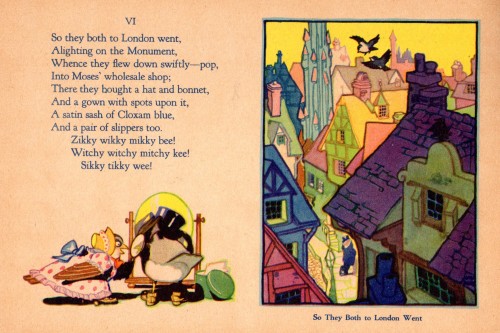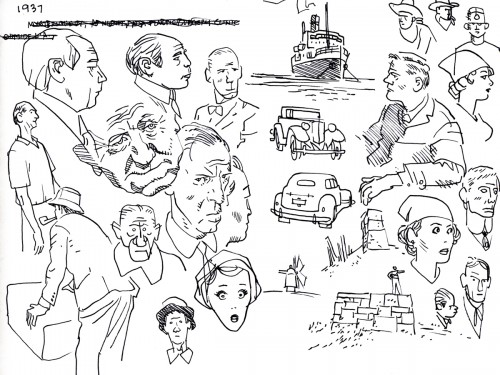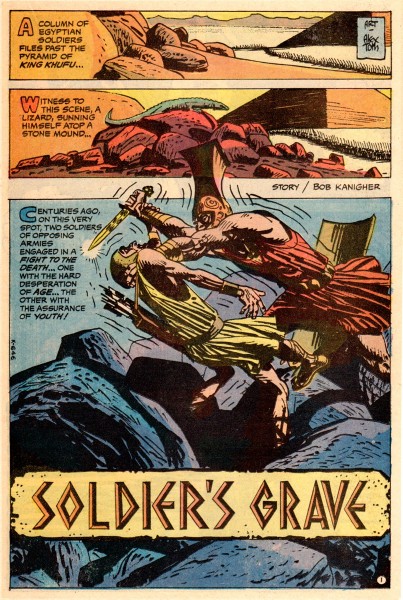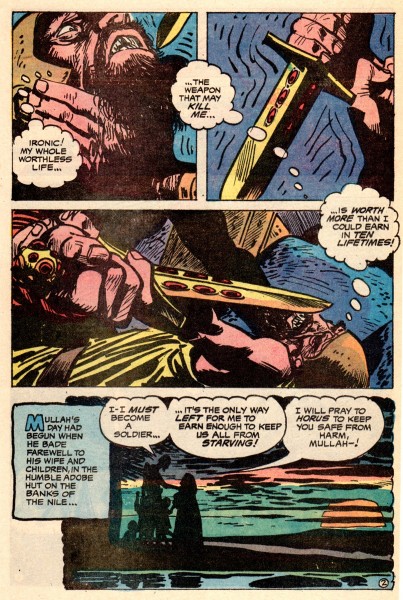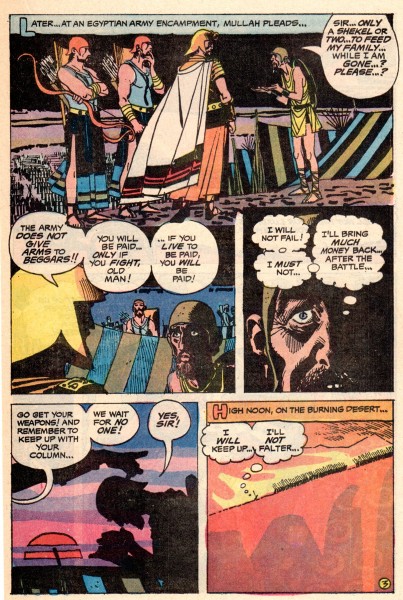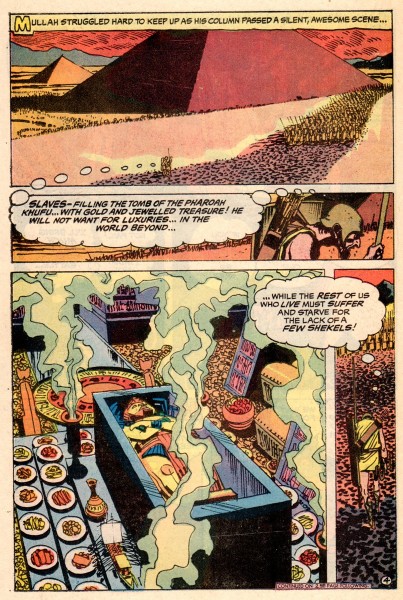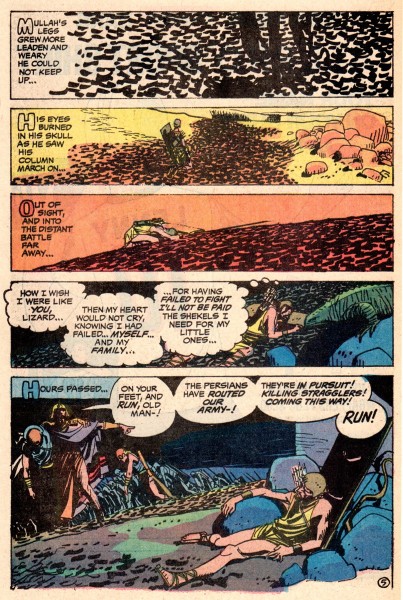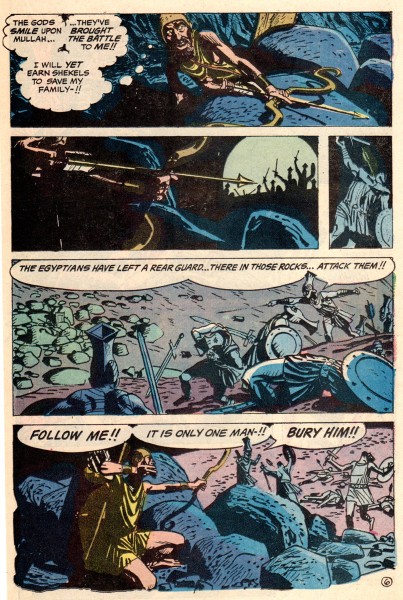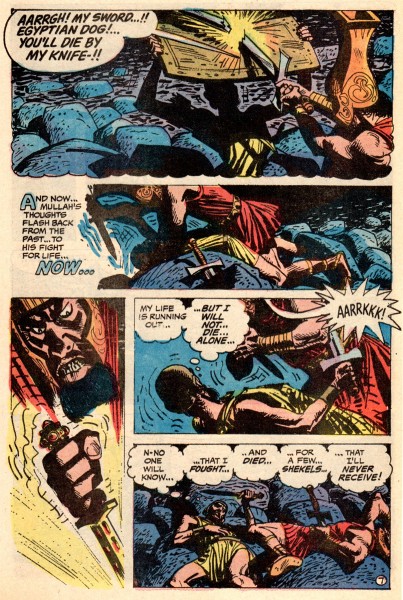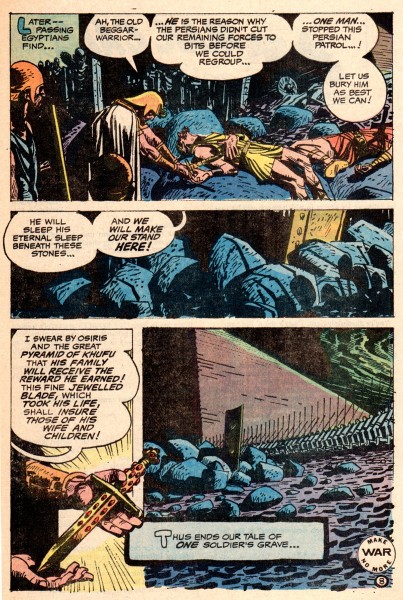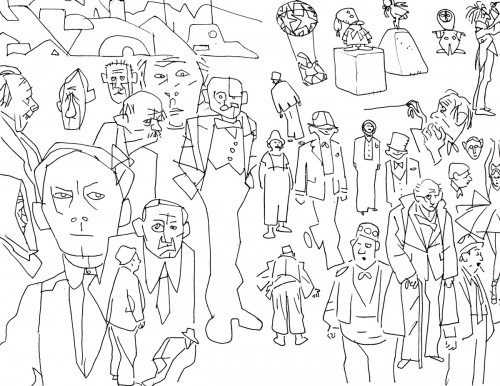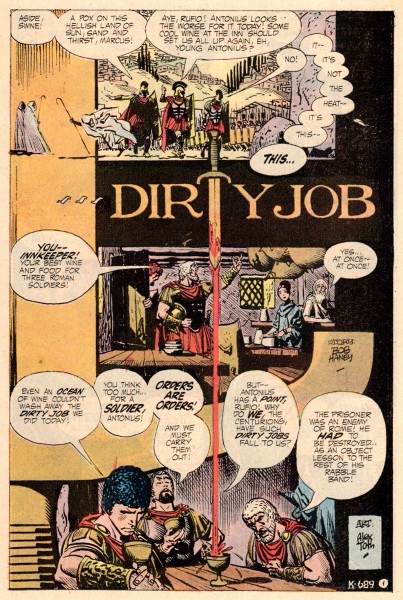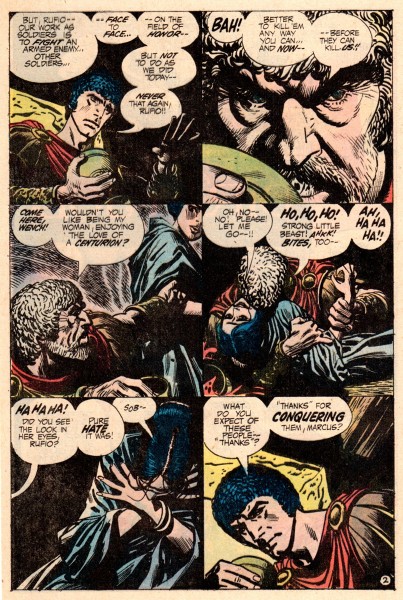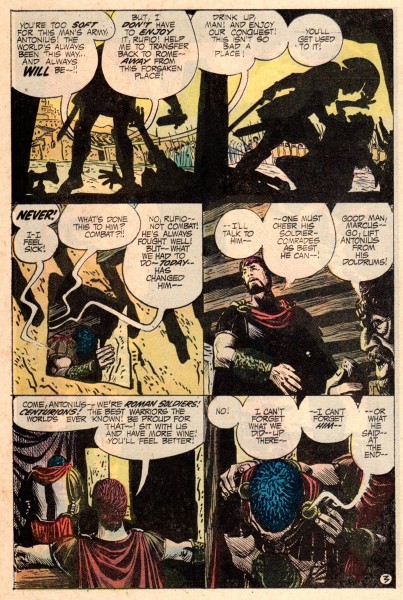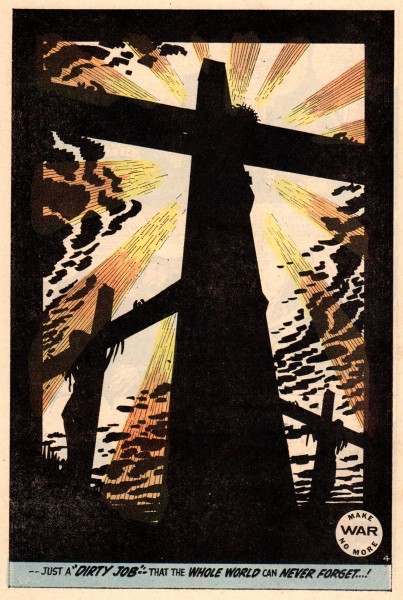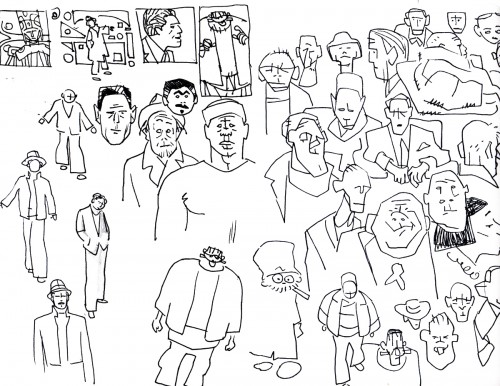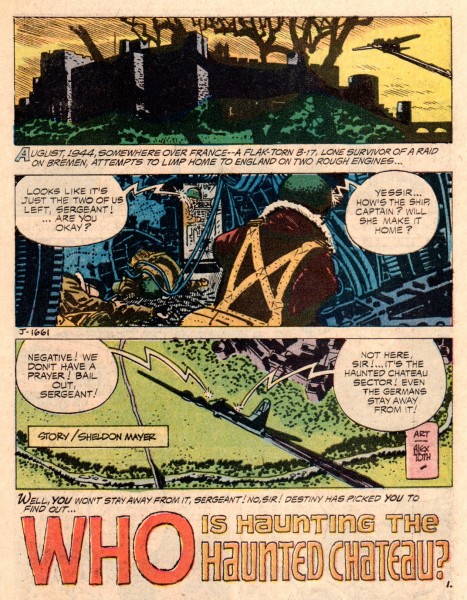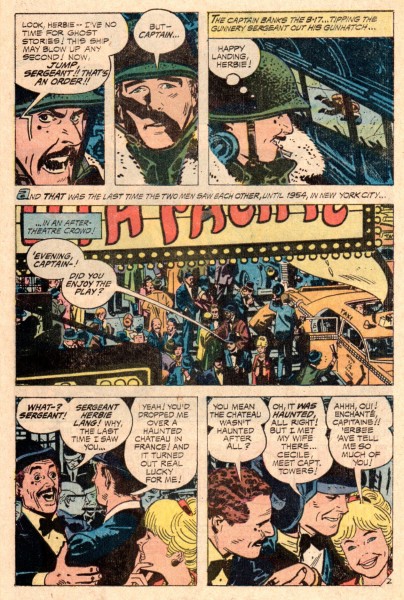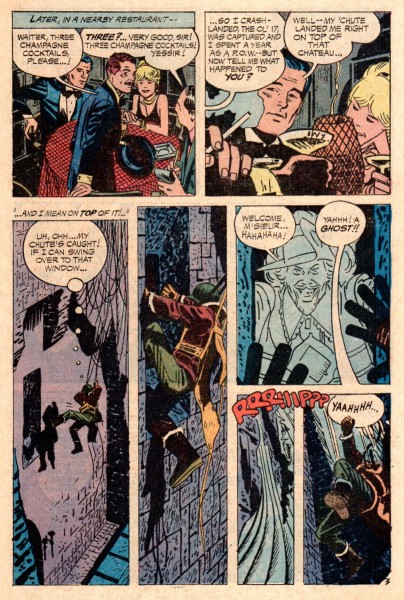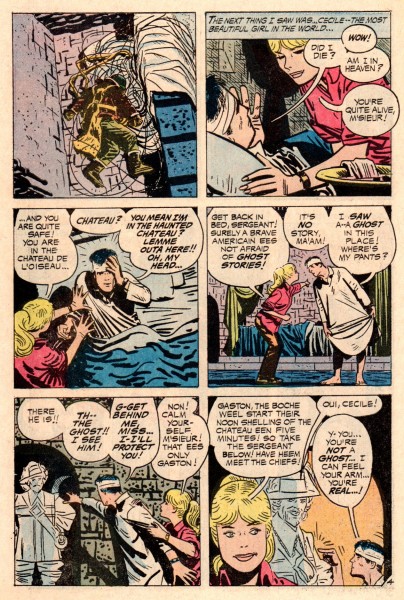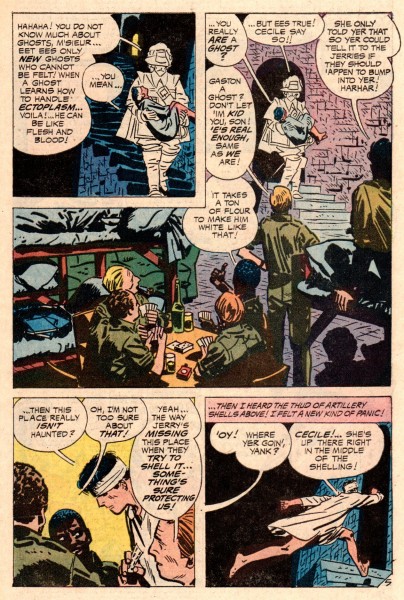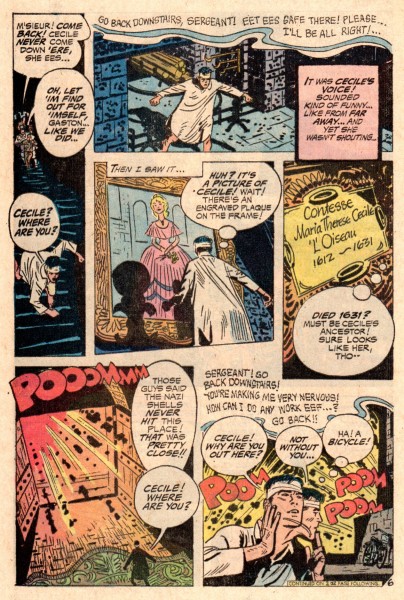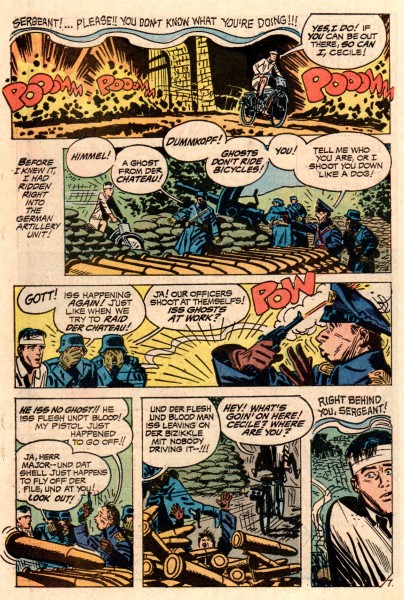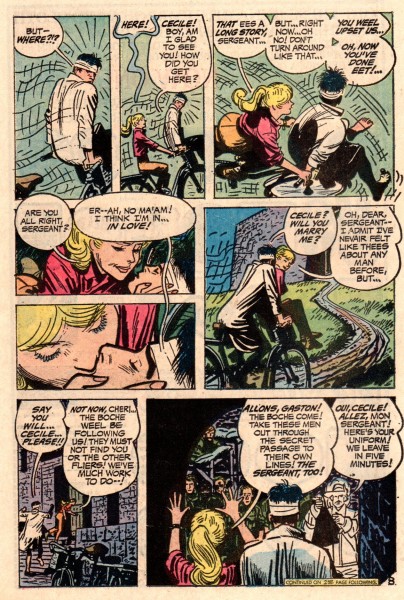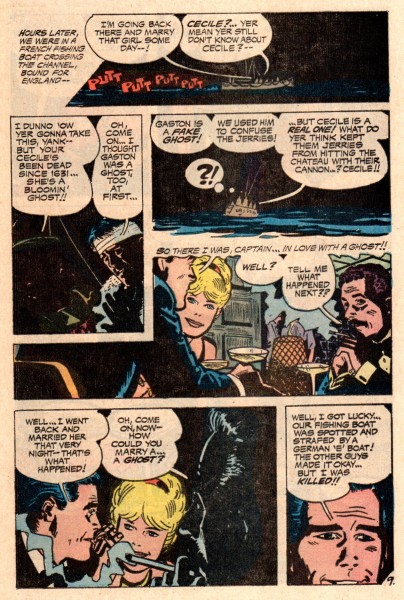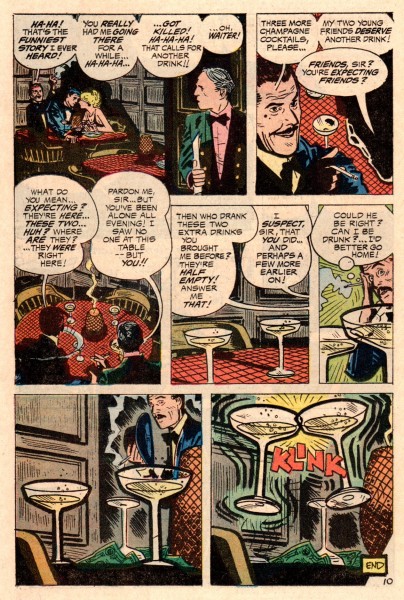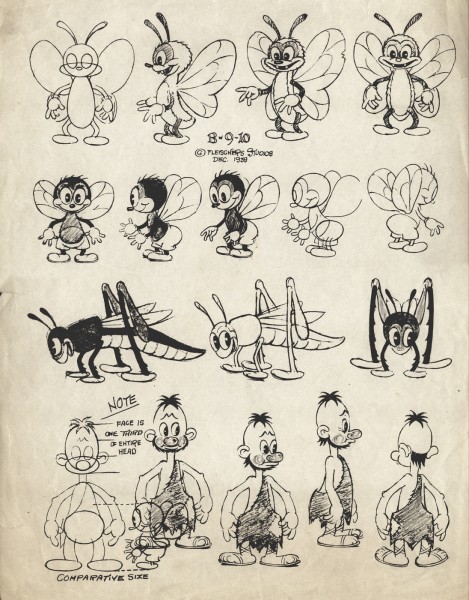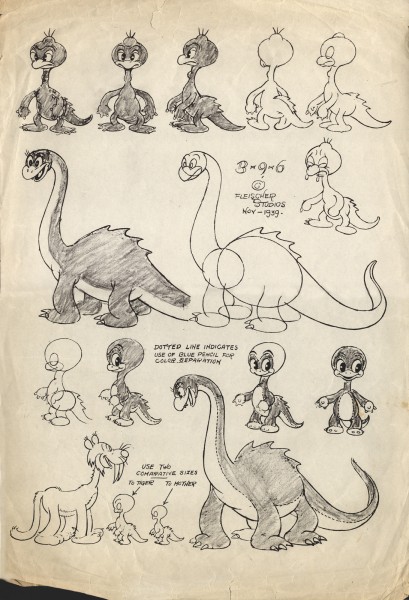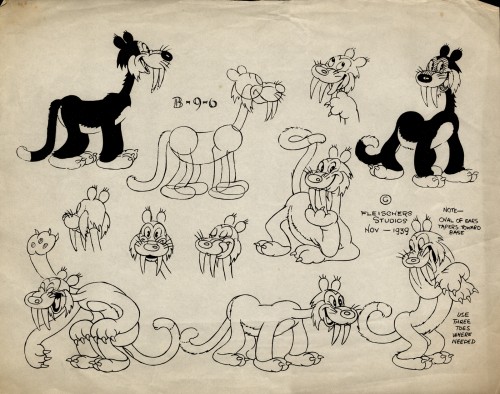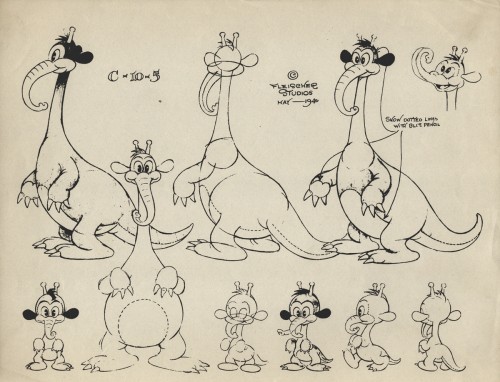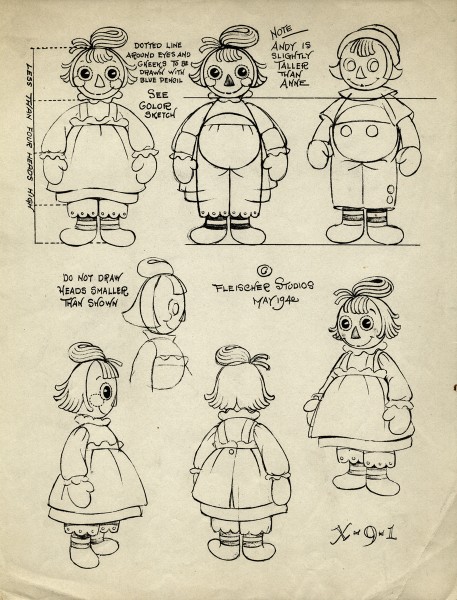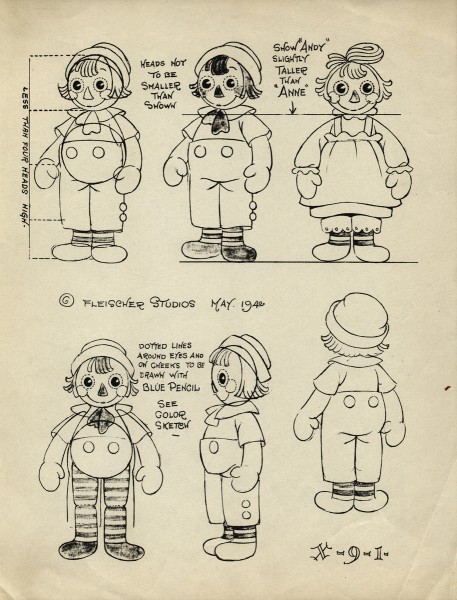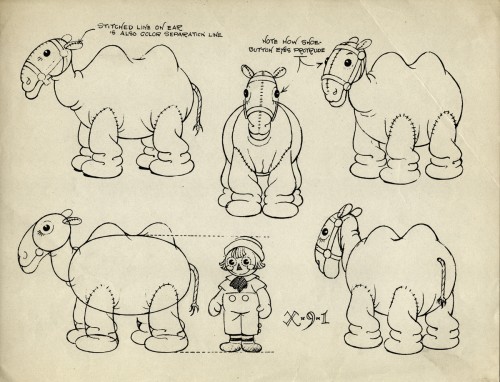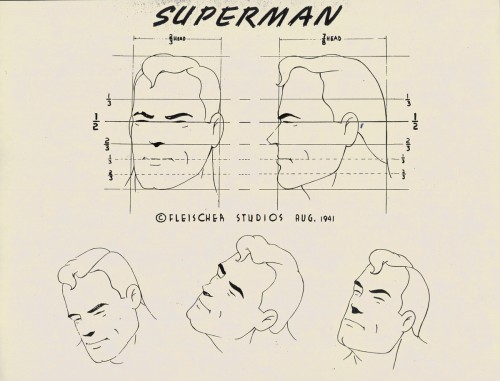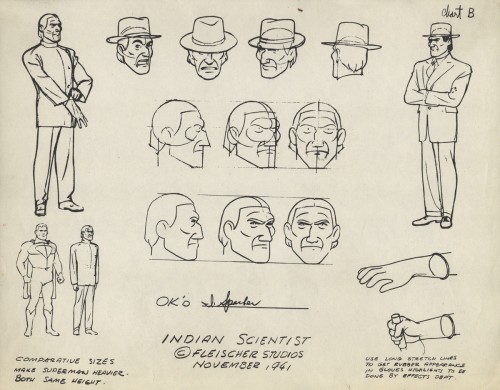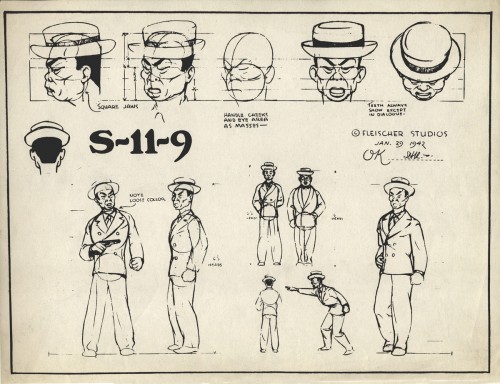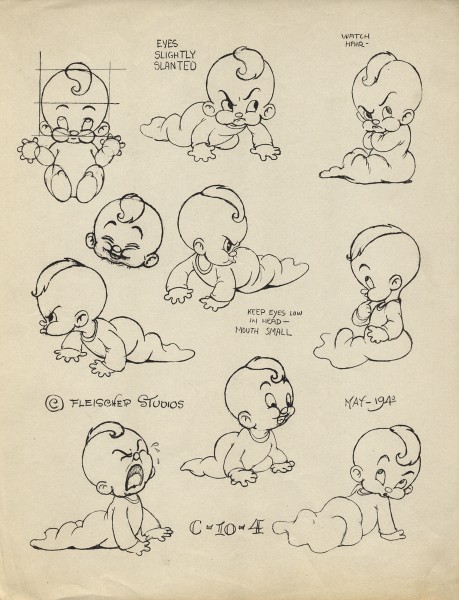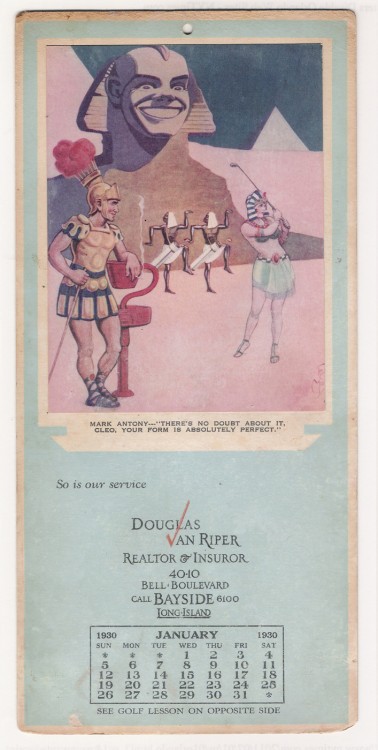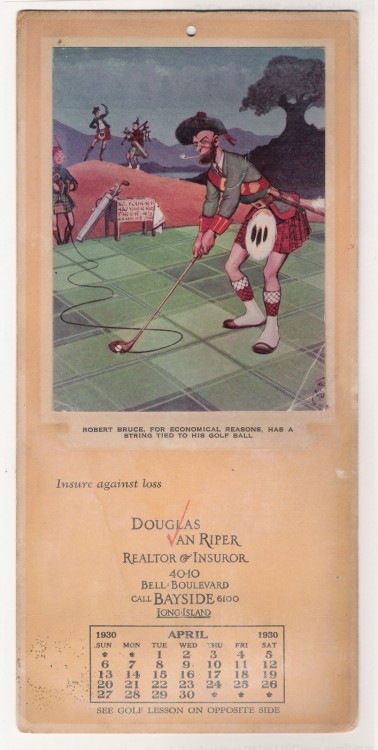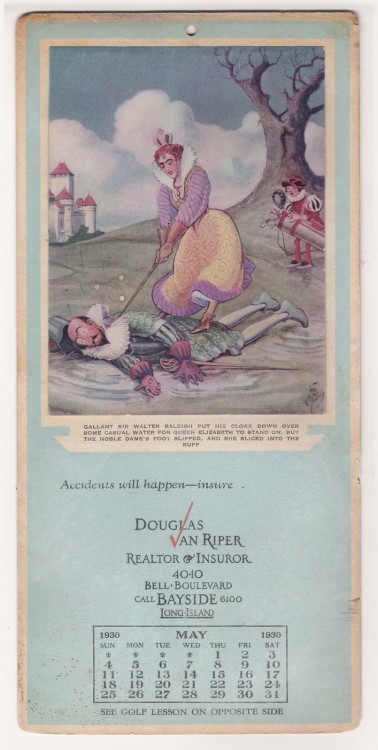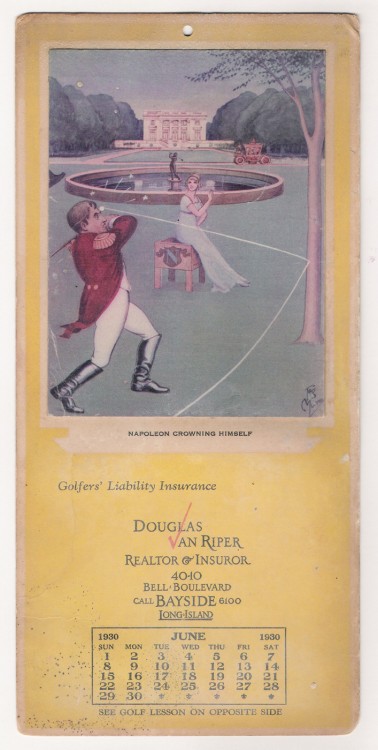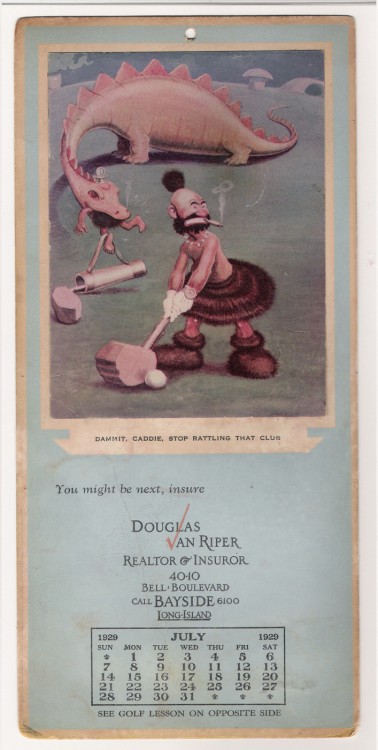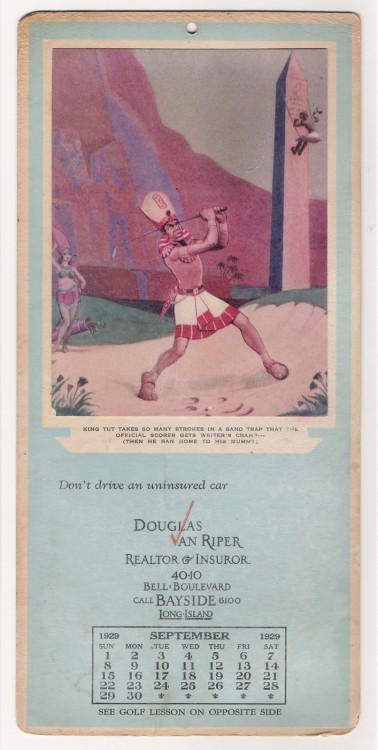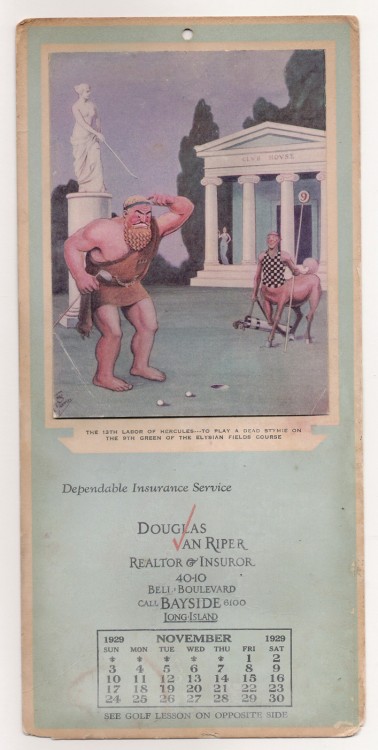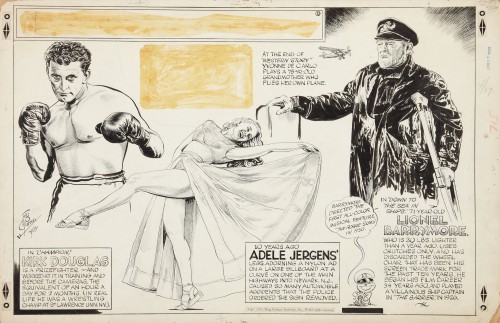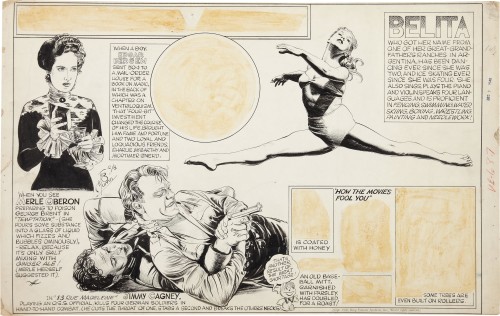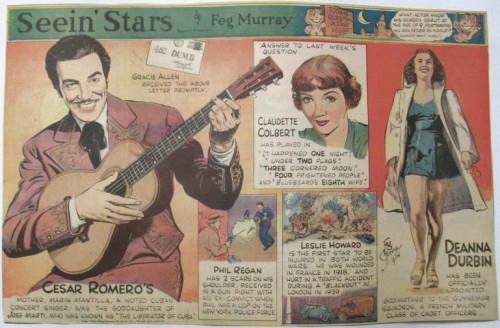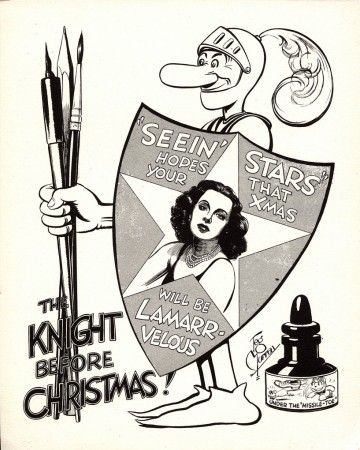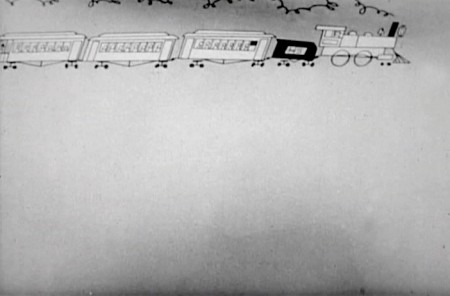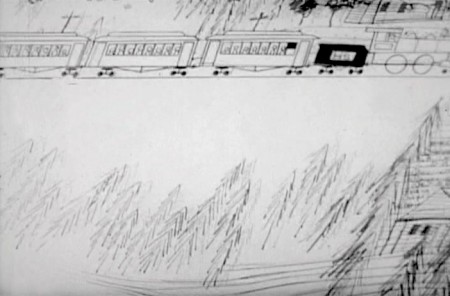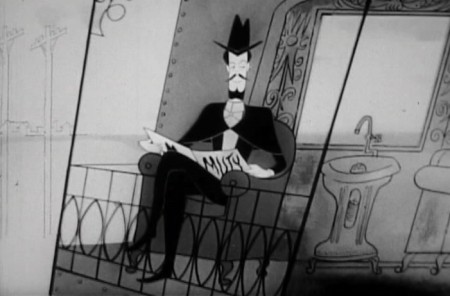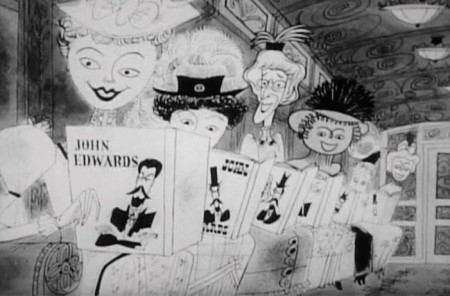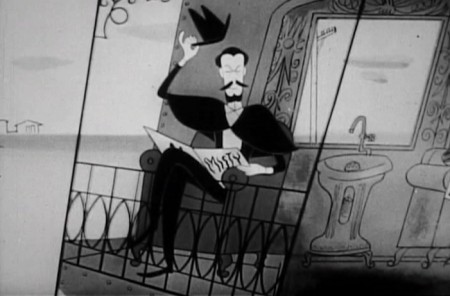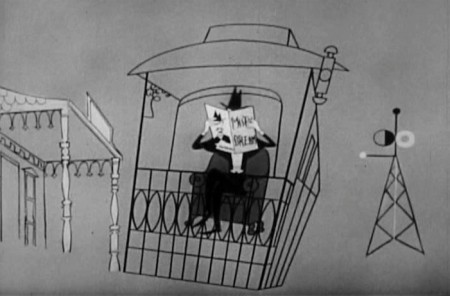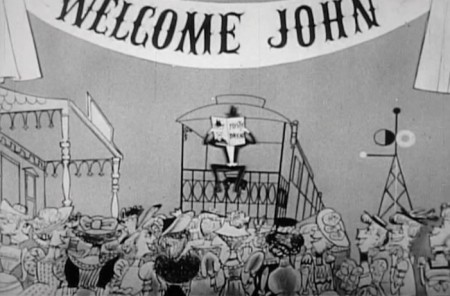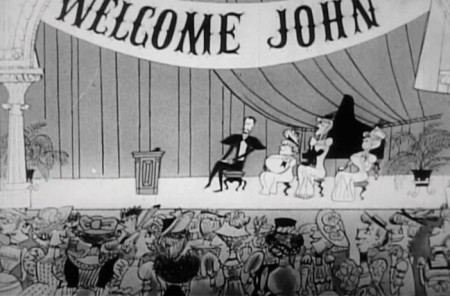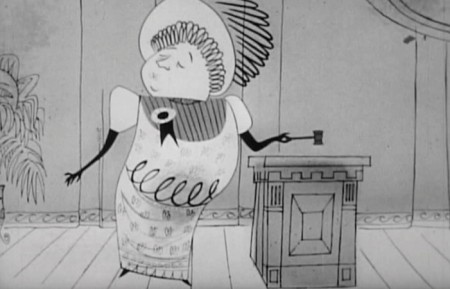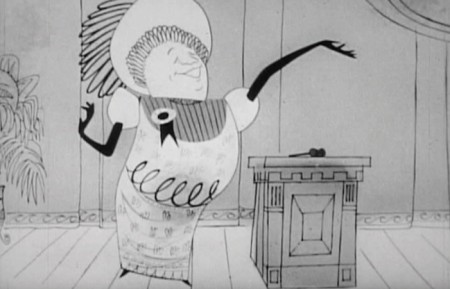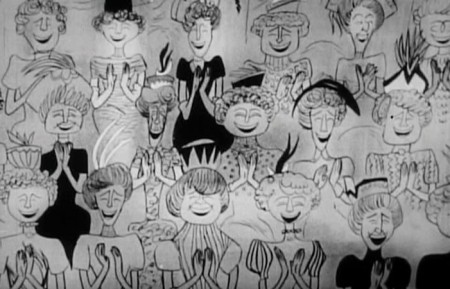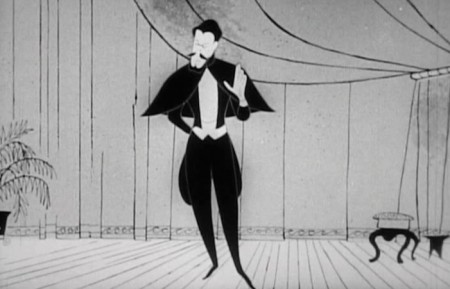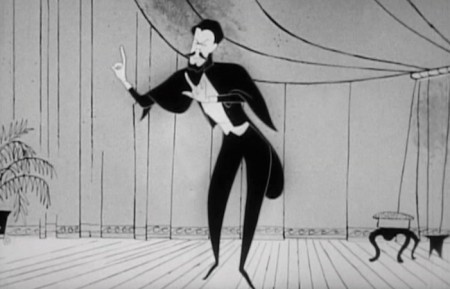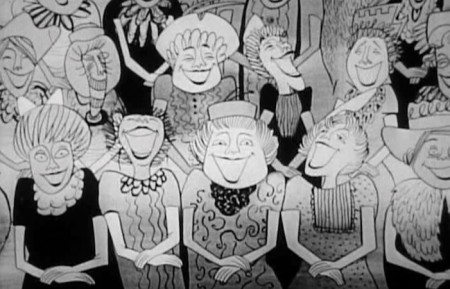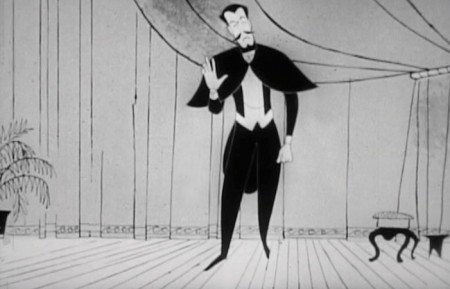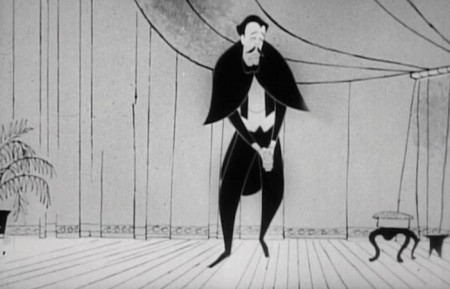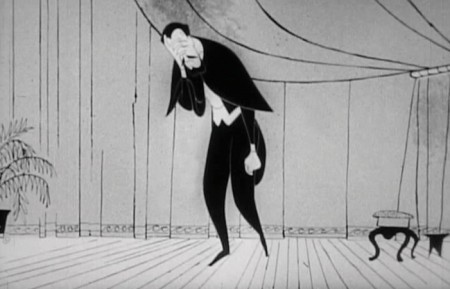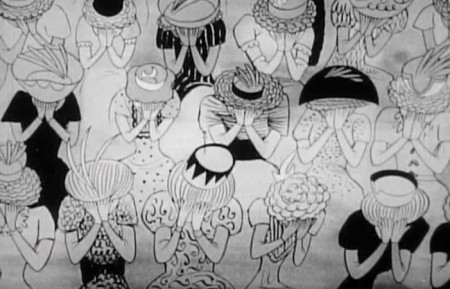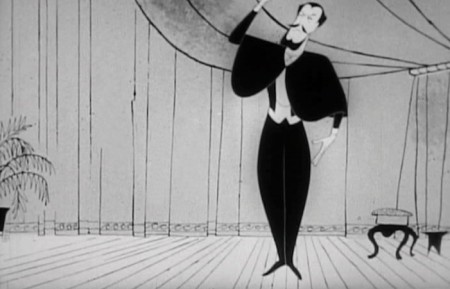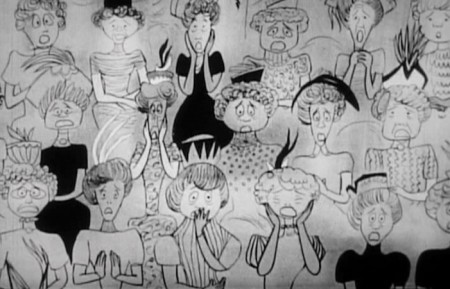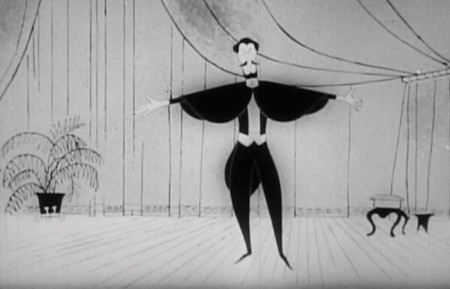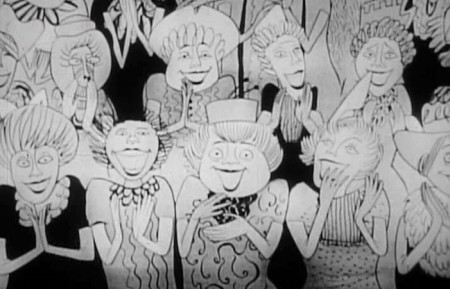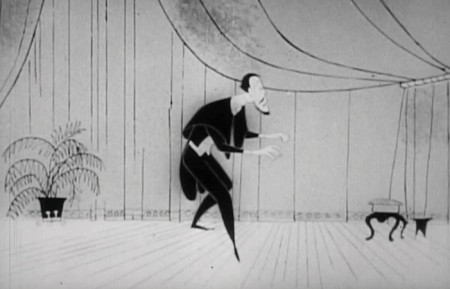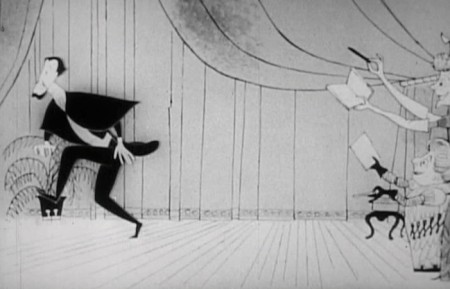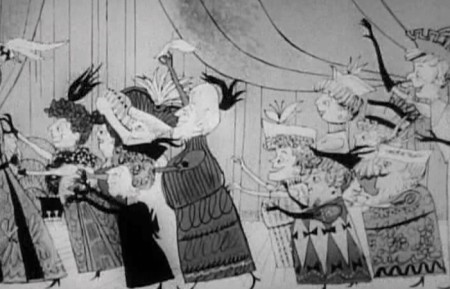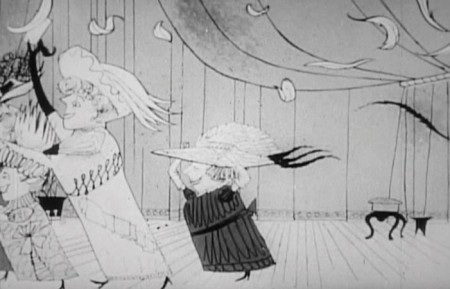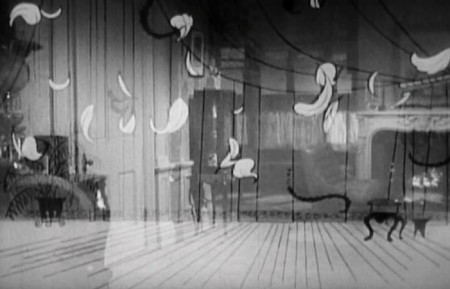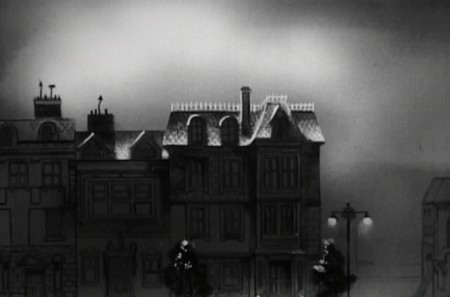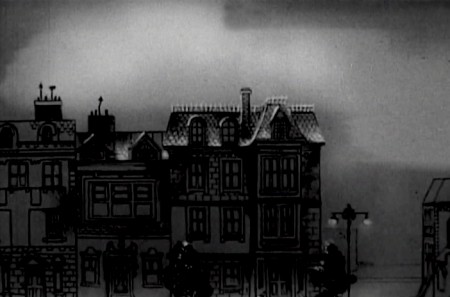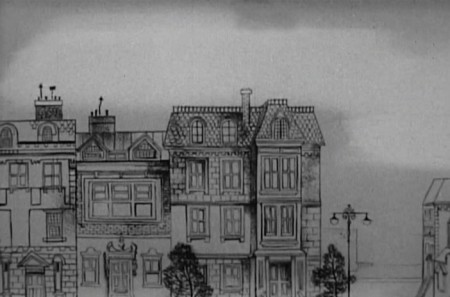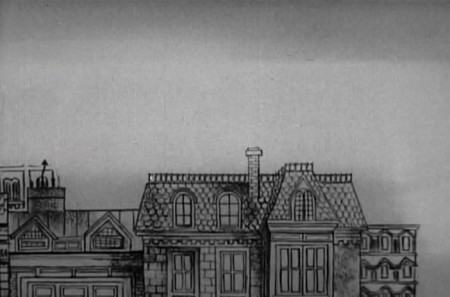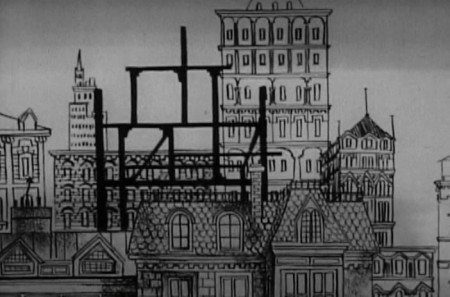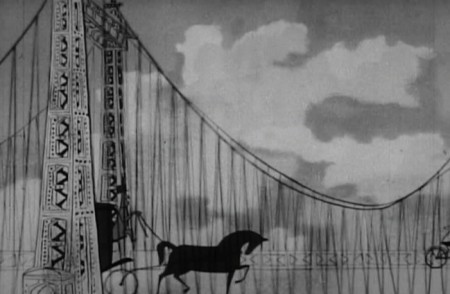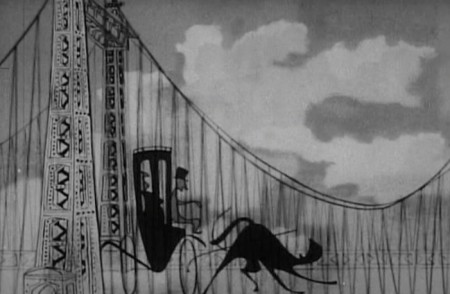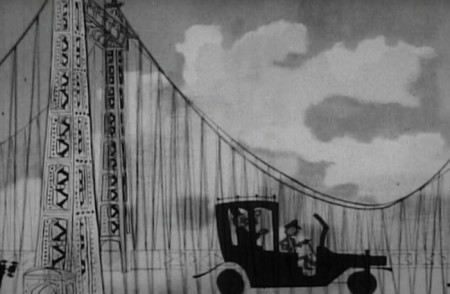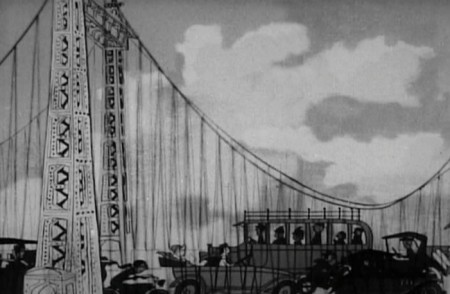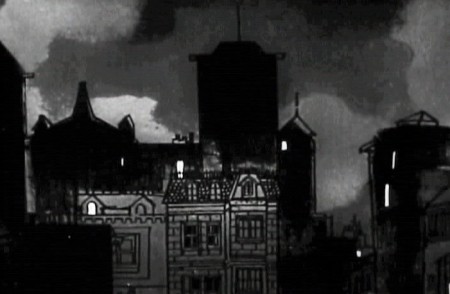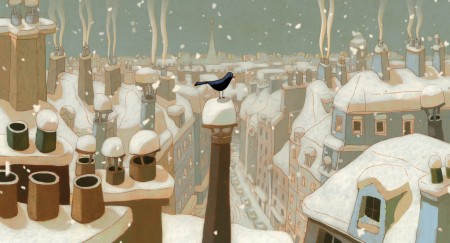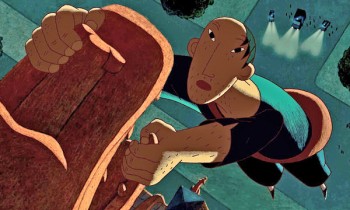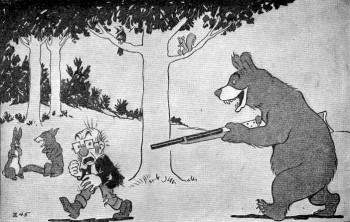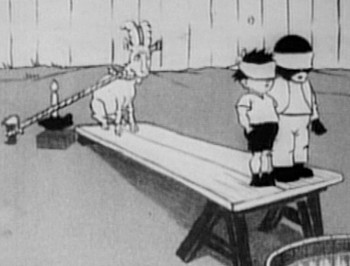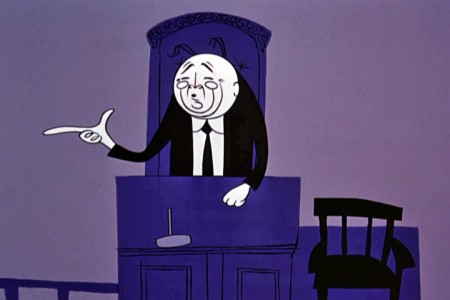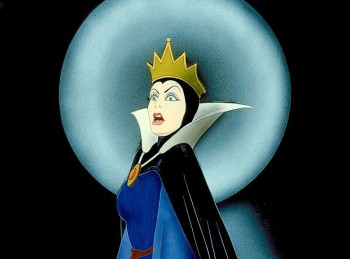 - We all know Snow White was the first animated feature. On Thursday I got to see the most recent version of the fairy tale, Snow White and the Huntsman. Times have changed, and animation is no longer animation. In reality, today, animation is a combination of live action combined with a digital puppetry. The purest form of these films, to me, is not the product of Pixar or Dreamworks; it’s these live action hybrids that overuse special effects, to the point where they’re no longer special. They’re just a bombardment of effects. Snow White and the Huntsman is a good example of one of these overeffected films.
- We all know Snow White was the first animated feature. On Thursday I got to see the most recent version of the fairy tale, Snow White and the Huntsman. Times have changed, and animation is no longer animation. In reality, today, animation is a combination of live action combined with a digital puppetry. The purest form of these films, to me, is not the product of Pixar or Dreamworks; it’s these live action hybrids that overuse special effects, to the point where they’re no longer special. They’re just a bombardment of effects. Snow White and the Huntsman is a good example of one of these overeffected films.
 Like the film, Mirror Mirror, another pathetic attempt to rework the same tale, this film stars a superstar actress as the Queen mother/witch. That means that the film is no longer Snow White, but it’s about Snow White’s mother. To boot they get some young “star” who isn’t up to the challenge to play “Snow White.” Kristen Stewart gets top billing over Charlize Theron, yet, in my opinion, she can’t walk in the shadow of Ms. Theron. She can’t act as well and she sure isn’t as beauiful as the Stepmother/Queen. What you really need in this role is a young Elizabeth Taylor, someone as stunningly beautiful as that. She has to be more attractive than Charlize Theron. That’s what it says in the script; it’s key to the story. Maybe my values are messed up; but I don’t see Kristen Stewart as anything more than ordinary looking, and I don’t call her aimless self-reflective movement anything close to acting.
Like the film, Mirror Mirror, another pathetic attempt to rework the same tale, this film stars a superstar actress as the Queen mother/witch. That means that the film is no longer Snow White, but it’s about Snow White’s mother. To boot they get some young “star” who isn’t up to the challenge to play “Snow White.” Kristen Stewart gets top billing over Charlize Theron, yet, in my opinion, she can’t walk in the shadow of Ms. Theron. She can’t act as well and she sure isn’t as beauiful as the Stepmother/Queen. What you really need in this role is a young Elizabeth Taylor, someone as stunningly beautiful as that. She has to be more attractive than Charlize Theron. That’s what it says in the script; it’s key to the story. Maybe my values are messed up; but I don’t see Kristen Stewart as anything more than ordinary looking, and I don’t call her aimless self-reflective movement anything close to acting.
For the first half hour of the film things move along like a traditional animated feature. Lots of beautiful composed and constructed sets and costumes and really special effects. It’s hard to tell the animation from the live action. Trees are moving of their own accord, costumes move, animals move in orthodox ways. It’s thoroughly engrossing. Then the film goes Celtic as they leave the castle on the chase/journey. Through the scary dark woods, past a village of women, into the realm of fairies where the seven dwarfs are a wonderful special effect. Great British and Irish acors like Ian McShane, Eddie Marsan, Bob Hoskins and Toby Jones are shrunk to look like dwarfs. The effect is totally believable, and the actors are wonderful.
 This is where the film tells us it’s an animated movie. There are two creatures literally ripped right out of Miyazaki’s Princess Mononoke. Scenes from that animated feature are reproduced exactly for this Snow White. It’s not even original enogh to create its own gods, it has to steal Miyazaki’s.
This is where the film tells us it’s an animated movie. There are two creatures literally ripped right out of Miyazaki’s Princess Mononoke. Scenes from that animated feature are reproduced exactly for this Snow White. It’s not even original enogh to create its own gods, it has to steal Miyazaki’s.
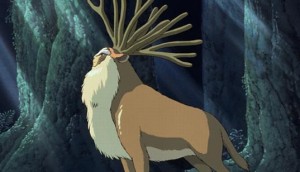 Then there’s the journey back after a couple of fights. Then there’s the poison apple (well done, I might add) and eventually the first love’s kiss brings on the resuscitation of Snow White. The problem is, that isn’t the end. Now Snow White has to become Joan of Arc or is it (Henry V) to do battle with the evil Queen.
Then there’s the journey back after a couple of fights. Then there’s the poison apple (well done, I might add) and eventually the first love’s kiss brings on the resuscitation of Snow White. The problem is, that isn’t the end. Now Snow White has to become Joan of Arc or is it (Henry V) to do battle with the evil Queen.
They’ve taken the fairy tale and turned it on its ear, so that it really doesn’t have much significance anymore. Her name is “Snow White”, she’s supposed to be innocent! Love’s first kiss should be the end of the story. It’s just the introduction of the heroine, who earlier told us she could never kill anyone, who will lead us into battle. The film is ultimately just the means for a lot of effects. The one that gets a bit old is the transition of objects (birds, soldiers, anything on screen) into shiny shards of shale-like stone. Flecks of things go flying everywhere, over and over again. It works well the first three times but a dozen times later, we’ve seen it.
The film, at one point, really is onto something, but that gets lost and it certainly loses the message of the fairy tale.There’s something there until it’s no longer there. Too bad.
But it’s still miles north of The Avengers or some of the superhero films we’ve seen this summer. And it does have Charlize Theron. Onto a screening of Prometheus, this coming Monday, also with Charlize Theron. A different kind of animated feature. Personally, I wish it were a new Miyazaki film.
______________________________
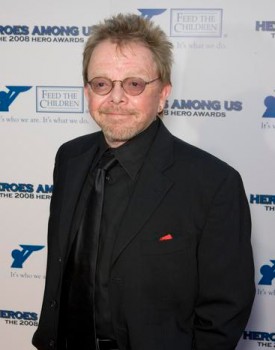 - For many years, I was a big fan of songwriter/singer/actor, Paul Williams. I collected all of his albums back in the 70s and 80s and went to see him in concert a couple of times. I tolerated his acting in a lot of horrible movies (like the Smokey & the Bandit series) and tv shows (like Baretta, The Gong Show and The Love Boat) which almost mocked the seriousness of his music, and I still remained something of a fan.
- For many years, I was a big fan of songwriter/singer/actor, Paul Williams. I collected all of his albums back in the 70s and 80s and went to see him in concert a couple of times. I tolerated his acting in a lot of horrible movies (like the Smokey & the Bandit series) and tv shows (like Baretta, The Gong Show and The Love Boat) which almost mocked the seriousness of his music, and I still remained something of a fan.
In the past couple of weeks, I received an invitation to attend a new documentary called, Paul Williams:Still Alive, at a private screening and then to meet up with Mr. Williams at a post wine and cheese thing. Naturally enough, I jumped at the chance and went to this screening last Monday evening at the HBO screening room in town. The fear I had that this might be more like one of those bad 70s movies that Mr. Williams starred in was negated immediately when I’d read an interesting interview he did with the NY Times. It got me in the mood to see this film.
Surprisingly, the film started just about on time. It was introduced by its director, Stephen Kessler. His introduction was very short and led us right into the film. The theater was full, as a matter of fact this screening room has a second room attached which projects the film onto that second screen simultaneously. Both were full, and I’ve seen several reviews come out of this particular screening..
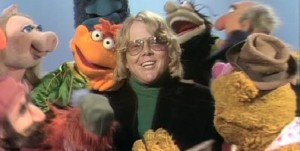 The film starts out about a fan (the director) who hounds a celebrity until he gets to interview him and then makes him the subject of his documentary. At first, it almost seems as though the film were more about Steve Kessler than about Paul Williams. But in the small moments with Mr. Williams, on film, you see that he is beginning to control the film, for the better sake of the movie. Right at the start, Willliams suggests that the film should not be one of those where the voice of the questioning film maker is cut out, so the ego of the “star” is hung out to dry. He pulls Mr. Kessler into the shot and tells him that the film has to be about the two of them.
The film starts out about a fan (the director) who hounds a celebrity until he gets to interview him and then makes him the subject of his documentary. At first, it almost seems as though the film were more about Steve Kessler than about Paul Williams. But in the small moments with Mr. Williams, on film, you see that he is beginning to control the film, for the better sake of the movie. Right at the start, Willliams suggests that the film should not be one of those where the voice of the questioning film maker is cut out, so the ego of the “star” is hung out to dry. He pulls Mr. Kessler into the shot and tells him that the film has to be about the two of them.
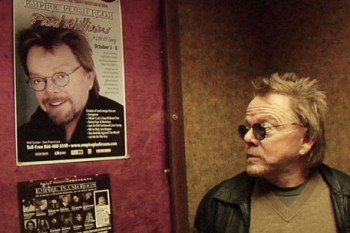 He then makes it clear when and if the camera should be running. He lightly cajoles Mr. Kessler into giving him, Mr. Williams, moments alone with his wife, and the film gets to be funny at the director’s expense. The film takes a very pleasant shape and finally comes solidly together during a concert tour of the Philippines, where Stephen Kessler is terrified that there are terrorists around every bend and their lives are in jeopardy. A bonding happens between the star and the director, and the film really takes hold. The intelligence of Paul Williams definitely comes through and shapes this documentary for Mr. Kessler, and the movie gives us a lot to care about. At almost every turn the treacly ideas of Mr. Kessler are often squelched by the good taste of Mr. Williams. At the point of the big climax, toward the end, Mr. Kessler proposes they sit down and watch some of the tv moments of the past for Mr.Williams. The idea being to watch Paul Williams squirm at some druggy moment cohosing the Merv Griffin Show. Finally, they do get to it, and Mr. Williams walks out on it. doing so shapes the climax and gives the film what it wants without any squirmy moments. It’s a good finale for the film, and gives Paul Williams all the dignity he deserves and gives the film the high point Stephen Kessler is searching for.
He then makes it clear when and if the camera should be running. He lightly cajoles Mr. Kessler into giving him, Mr. Williams, moments alone with his wife, and the film gets to be funny at the director’s expense. The film takes a very pleasant shape and finally comes solidly together during a concert tour of the Philippines, where Stephen Kessler is terrified that there are terrorists around every bend and their lives are in jeopardy. A bonding happens between the star and the director, and the film really takes hold. The intelligence of Paul Williams definitely comes through and shapes this documentary for Mr. Kessler, and the movie gives us a lot to care about. At almost every turn the treacly ideas of Mr. Kessler are often squelched by the good taste of Mr. Williams. At the point of the big climax, toward the end, Mr. Kessler proposes they sit down and watch some of the tv moments of the past for Mr.Williams. The idea being to watch Paul Williams squirm at some druggy moment cohosing the Merv Griffin Show. Finally, they do get to it, and Mr. Williams walks out on it. doing so shapes the climax and gives the film what it wants without any squirmy moments. It’s a good finale for the film, and gives Paul Williams all the dignity he deserves and gives the film the high point Stephen Kessler is searching for.
I also have to say that the editor, David Zieff, knew enough to follow the guide posts and let the film seem to fall together naturally. You know this doesn’t just happen, and it takes a good editor to make it work in a documentary such as this.
It’s a very good film, with a broad view of Mr. Williams’ career and a strong view of how his life has changed and ripened, post-rehabilitation. It just about concludes with Mr. Williams becoming ASCAP’s president with a mission to help protect the music rights of a lot of younger composers.
After the screening, they did have that wine and cheese event, and I recognized several people who I talked with, and some minor celebrities (Richard Kind) who I didn’t talk with. As I was leaving I passed Paul Williams and director Stephen Kessler, and I was tempted to say something. But I didn’t. The film answered any question I’d had, and I am too shy to just nose in on a celebrity and take up their time. Though I suppose that’s the purpose of such an event.
Actually, the film didn’t answer one question I had. Back in the very early 70s, I wrote to Paul Williams (care of his record company) seeking rights to a song he recorded called Lucky Old Sun. I thought it’d make a great animated short and wanted to find out what to do to get the rights. Of course, I never heard back from him and assume that he never got my letter. After all, it probably felt more like a fan letter than anything else. Even I wasn’t naive enough to believe it’d get to the right channels.
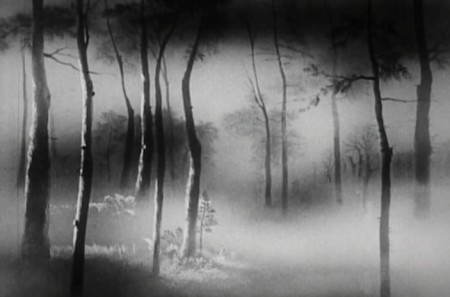 1
1
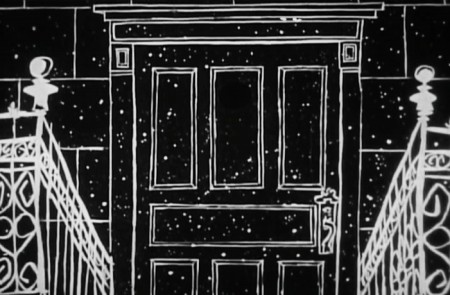 1
1
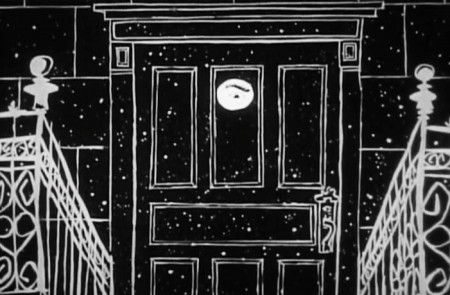 2
2